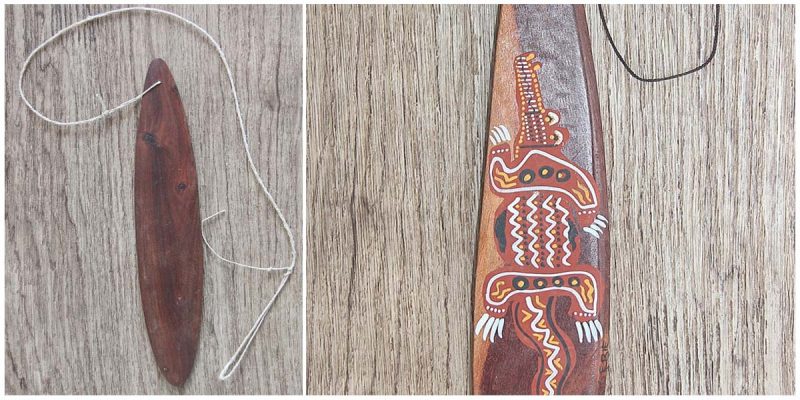The ancient ritual musical instrument and device known as the bullroarer, rhombus, or turndun was used for communication over greatly extended distances. It was found in Ukraine from around 17,000 BC.
There has been a number of bullroarers discovered in Europe, Africa, Asia, the Americas, the Indian subcontinent, and Australia.
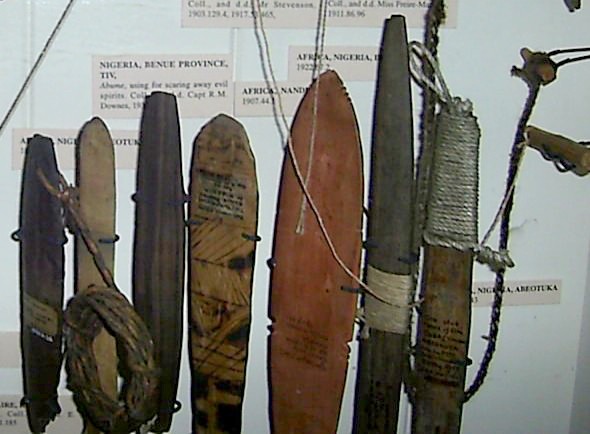
A bullroarer consists of a weighted airfoil attached to a long cord. Around the edges, the wood slat is trimmed down to a sharp edge, and serrations along the length of the wooden slat may be used, depending on the cultural traditions of the region in question.
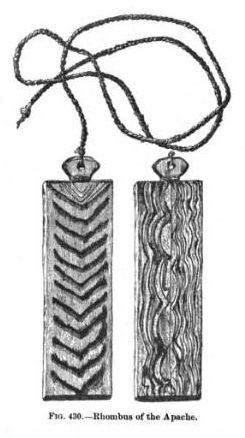
The cord is given a small initial twist, and the instrument is then swung in a large circle in a horizontal plane, or in a smaller circle in a vertical plane. Even after the initial twist has unwound, the aerodynamics of the instrument will keep it spinning about its axis.
It makes a characteristic roaring vibrato sound with notable sound modulations and the low-frequency component of the sound travels extremely long distances.
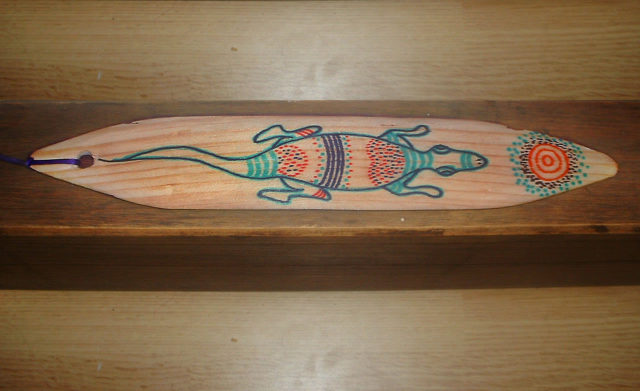
This device has been used as a musical instrument, ritualistic device, and long-range communication device by many cultures over at least 19,000 years. It has been used by numerous early and traditional cultures in both the northern and southern hemispheres but today it is best known for its use by Australian Aborigines.
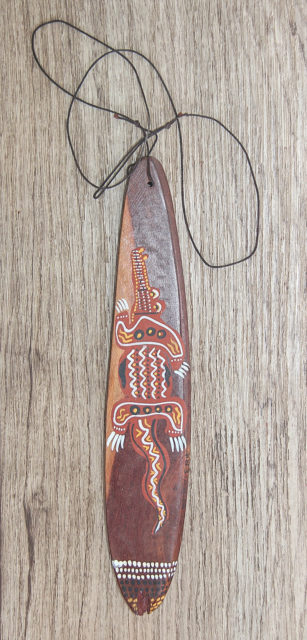
They used the instrument in initiation ceremonies and in burials to ward off evil spirits, especially during the burials of women and children. In some Aboriginal tribes, the bullroarer was considered to be a secret device for men and it was forbidden for women and children or outsiders to hear it. During a ceremony, if they caught someone who was uninvited, the punishment was death.
For this tribes, the sound of the bullroarer is the voice of the sky god Daramulan and a successful bullroarer can only be made if it has been cut from a tree containing his spirit.
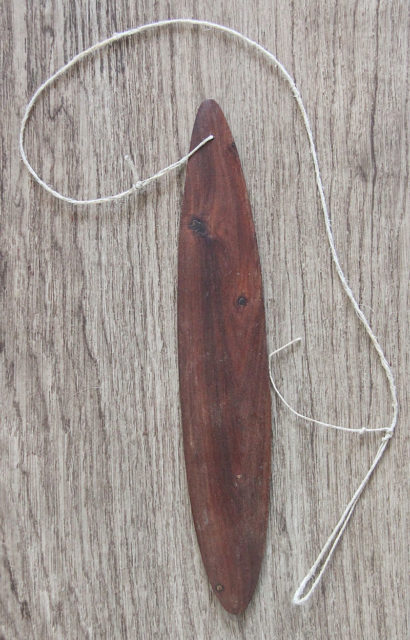
The band Midnight Oil included a recording of a bullroarer in one of their albums in 1987, and because it was offensive to the Aboriginal people of Central Australia, the recording was taken from them.
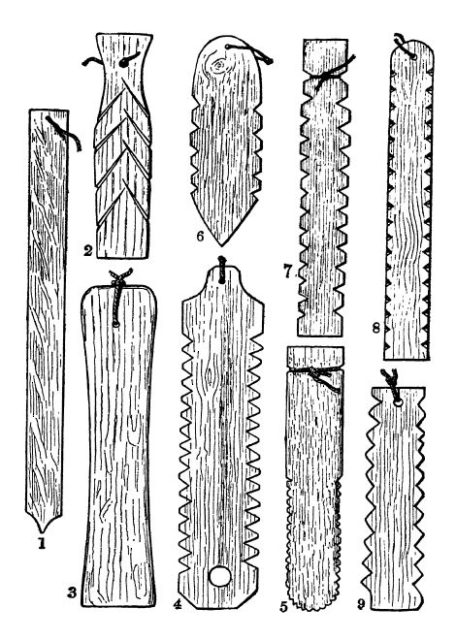
In Ancient Greece, the bullroarer instrument was known as a rhombos and it was especially used in the ceremonies of the cult of Cybele. In Britain and Ireland, it was used for amusement but in the past, it was used for ceremonial purposes.
In Scandinavia, in 1991, archaeologists found a 6.4 cm-long piece of slate that turned out to be a 5000-year-old bullroarer. The Dogon tribe from Mali identified the bullroarer as the voice of an ancestor from whom all Dogon are descended.
